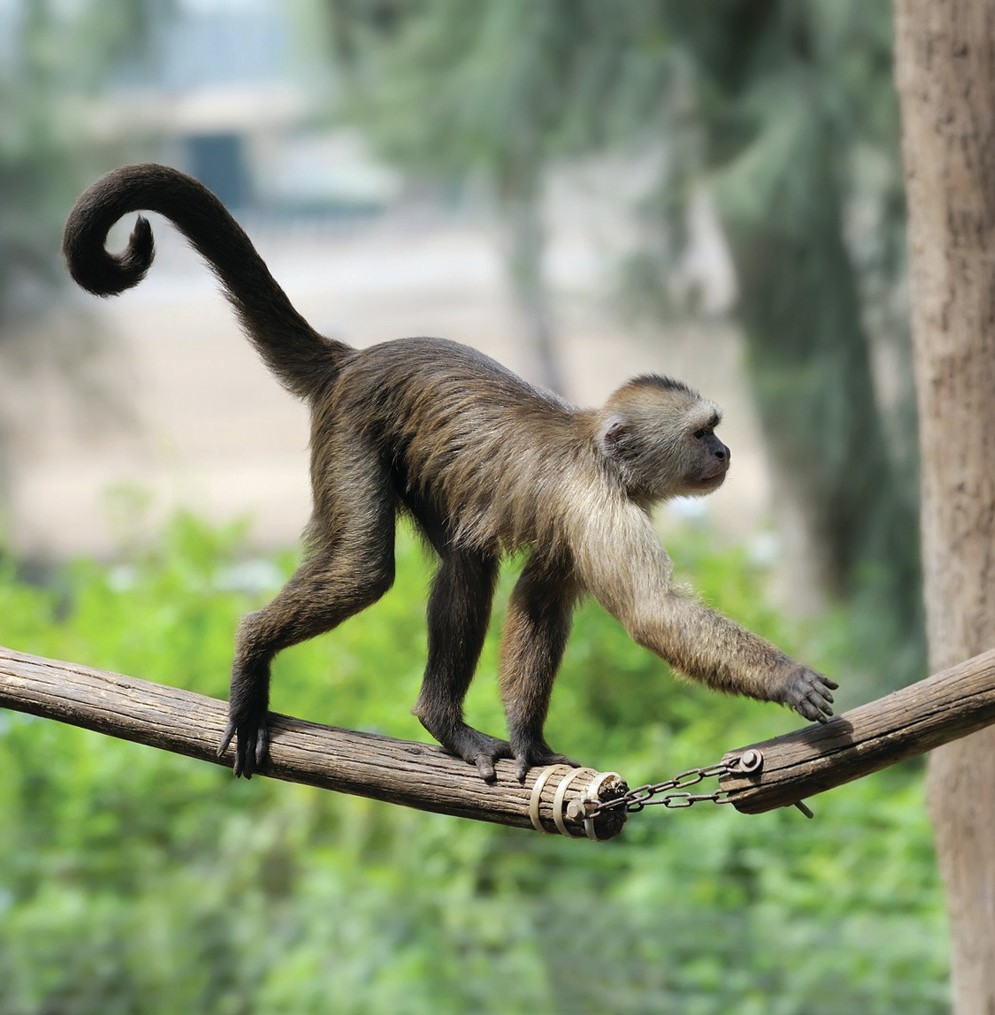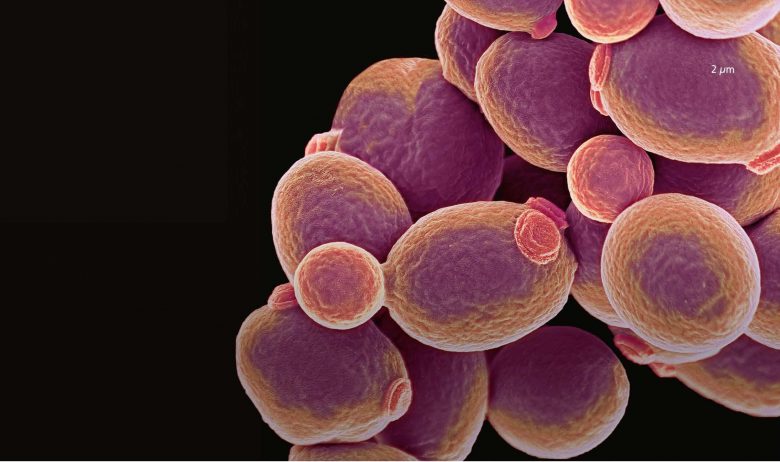
For thousands of years people have kept collections of wild animals in cages. For most of that time these zoos comprised bored exotic animals in restricted environments. During the middle of the twentieth century zoos began to change. They started to improve the animals’ lives by making their enclosures more stimulating and natural. In addition, conservation of endangered animals was becoming a much more important part of the work of zoos. These twin aims — creating a ‘natural’ environment and conservation — together with a drive to educate the public about the value of these aims, have become the hallmark of every well-run modern zoo.
Enrichment involves changing the environment in which an animal lives to modify its behaviour. London Zoo used an early example in 1960 to provide more stimulation and activity for their Baikal seals. It was an ingenious system for delivering fish via a moveable contraption attached to the wall. It prompted the seals to swim around their pool to ‘hunt’ the fish. Since the 1970s zoos have talked about enrichment to describe their efforts to house and look after their animals in ways that simulate the animals’ natural environment and encourage them to show a wide range of natural behaviours (see Figure 1).
Your organisation does not have access to this article.
Sign up today to give your students the edge they need to achieve their best grades with subject expertise
Subscribe




